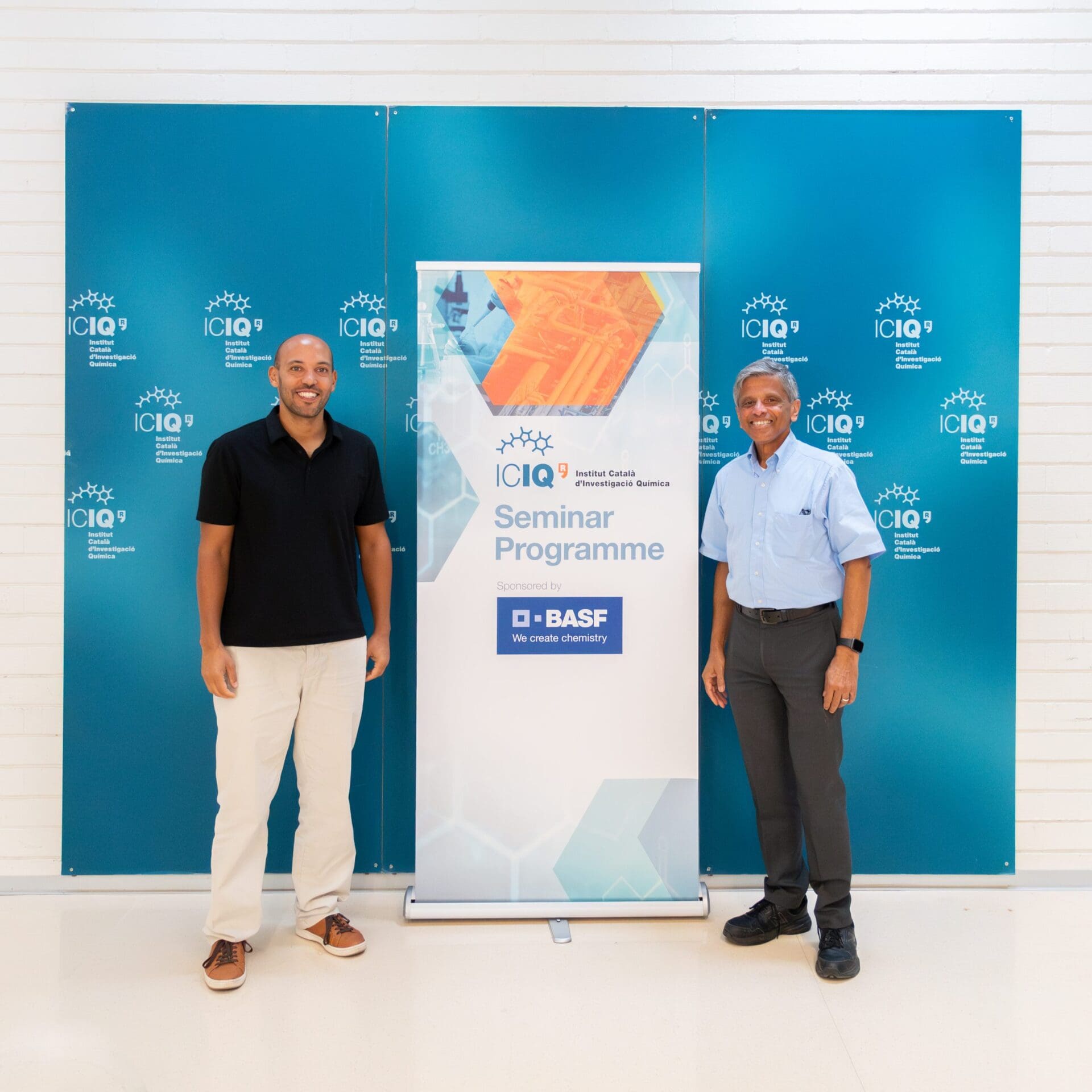
 12/09/2024
12/09/2024
 12:00
12:00
- Lecturer: Prof. Prashant V. Kamat
- University: University of Notre Dame, USA
Efficacy of Photocatalysis for Solar Fuel generation. How Electron Transfer Rates Control Net Conversion Efficiency

For effective utilization of semiconductor nanocrystals in photocatalysis, the undesirable intrinsic charge recombination (at early time scale) and back electron transfer (longer timescale) need to be suppressed (Scheme 1). The laser pulse irradiation and steady-state irradiation experiments map out timescales of forward and back electron transfer events that dictate the overall photocatalytic reduction process. However, the kinetic parameters and photoconversion efficiency measurements reported in the literature vary based on the type of photoirradiation and experimental conditions. Intense short-lived laser pulse excitation provides an opportunity to probe early events in excited semiconductor nanoparticle assembly, but they do not provide complete assessment of a photocatalytic process or echo the intricacy of realistic operative conditions. Effort to correlate ultrafast measurements to a photocatalytic performance should be accompanied by steady-state irradiation experiments. An important kinetic parameter overlooked in majority of photocatalytic studies is the back electron transfer process. The control of back electron transfer through proper surface modification or separation of reductive and oxidative processes can increase the net electron transfer efficiency or photocatalytic efficiency of a semiconductor system.
Designing a hybrid semiconductor nanocrystal:cocatalyst assembly in a polymer membrane is an effective approach to direct the flow of photogenerated charge carriers. The photocatalytic semiconductor/metal membrane when inserted between the two compartments of an H-cell, serves the dual purpose of generating hydrogen while separating the oxidation and reduction products. The talk will focus on preparing photocatalytic membrane and their effectiveness in solar fuel production and some of the key factors that dictate the efficiency of solar fuel generation.
Other events

Let's create a brighter future
Join our team to work with renowned researchers, tackle groundbreaking
projects and contribute to meaningful scientific advancements



















